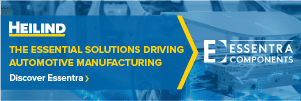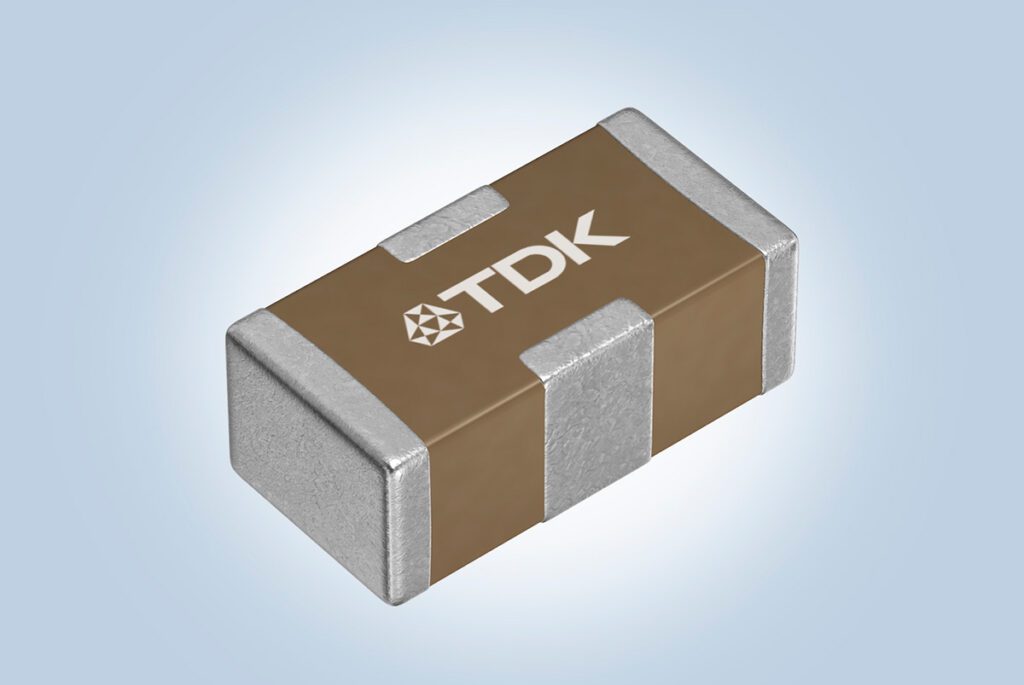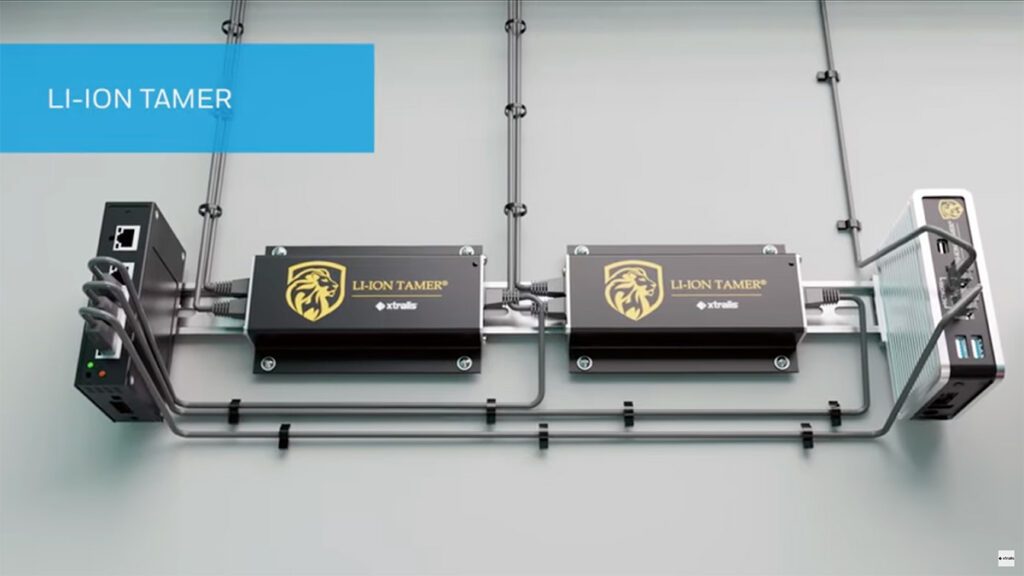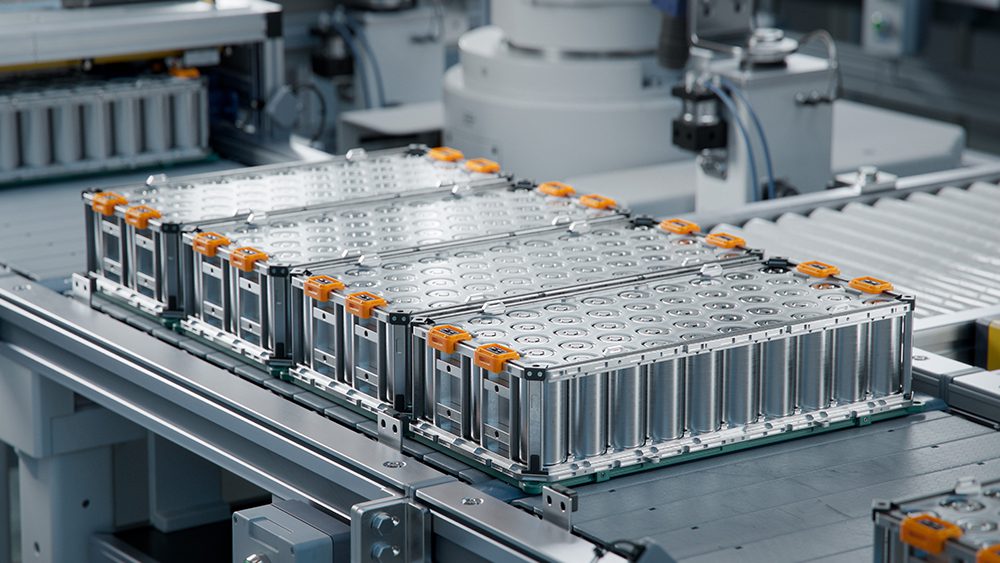Elon Musk and JB Straubel covered a lot of ground in a nearly-three-hour performance at Tesla’s 2016 annual shareholder meeting. They recapped the history of the company, explained why Supercharging will not be free for Model 3 buyers, and discussed their plans to remake the auto production process. They also made some very interesting remarks about lithium, which some believe is becoming the new “white gold.”
In response to a question about whether there is enough lithium in the world to build all the nifty things that Tesla wants to build, Musk pointed out (as many others have) that lithium is pretty abundant here on Earth. Lithium exists in salt form “virtually everywhere.”
[Editor’s Note 6/17/16 4PM EST: While onstage, Musk stated that Lithium is the third most common element in the universe which is not accurate. In fact, Lithium is the 33rd most common element in Earth’s crust.]
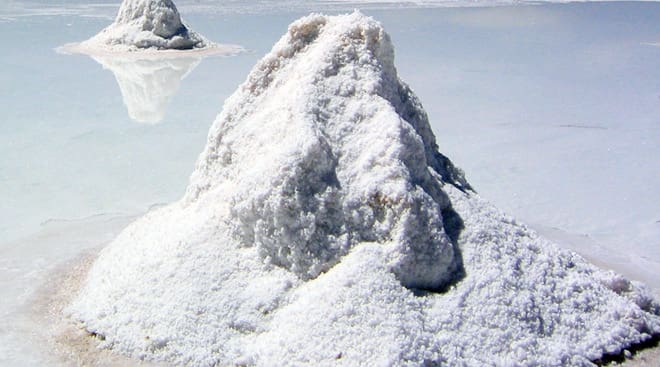
Salt piles in Southern Bolivia. Image by Phil Whitehouse (CC BY 2.0)
More to the point, however: Will Tesla be able to acquire enough of the stuff in the required form (lithium hydroxide) over the next few years at an affordable price? Musk yielded the floor to JB Straubel, who said, “We need to make sure that we have the extraction and processing capacity, but it’s not that much different than lining up other supply chain elements for the car – it just has a little bit longer lead time. Tesla has spent a lot of time working with all the different lithium companies all around the world to…make sure they are investing on the right timeline to have the capacity ready when we need it.”
“We’re also finding ways to reduce the cost,” Straubel continued. “Lithium is not a mature market. It’s not traded on the London metal exchange, it’s subject to a lot of speculation [but] this does not relate to the actual cost of production of lithium. That is relatively stable…so, once we can appropriately invest in the extraction, refining and processing, the price of lithium is quite low and quite stable.”
Furthermore, lithium-ion batteries don’t really require all that much lithium, and by the way, we’ve been calling them by the wrong name all these years.
“Although [they’re] called lithium-ion, the actual percentage of lithium in a lithium-ion cell is approximately 2%,” explains Musk. “Technically, our cells should be called nickel-graphite, because the primary constituent in the cell as a whole is nickel. On the anode side it’s graphite with silicon oxide. There’s a little bit of lithium in there, but it’s like the salt on the salad. It’s still important to avoid supply constraints [but] the main determinants of costs of the cell are the price of nickel in the form that we need it, and there’s a little bit of cobalt and some aluminum, and then the cost of synthetic graphite with the silicon-oxide coating.”
Source: Tesla






